Featured in
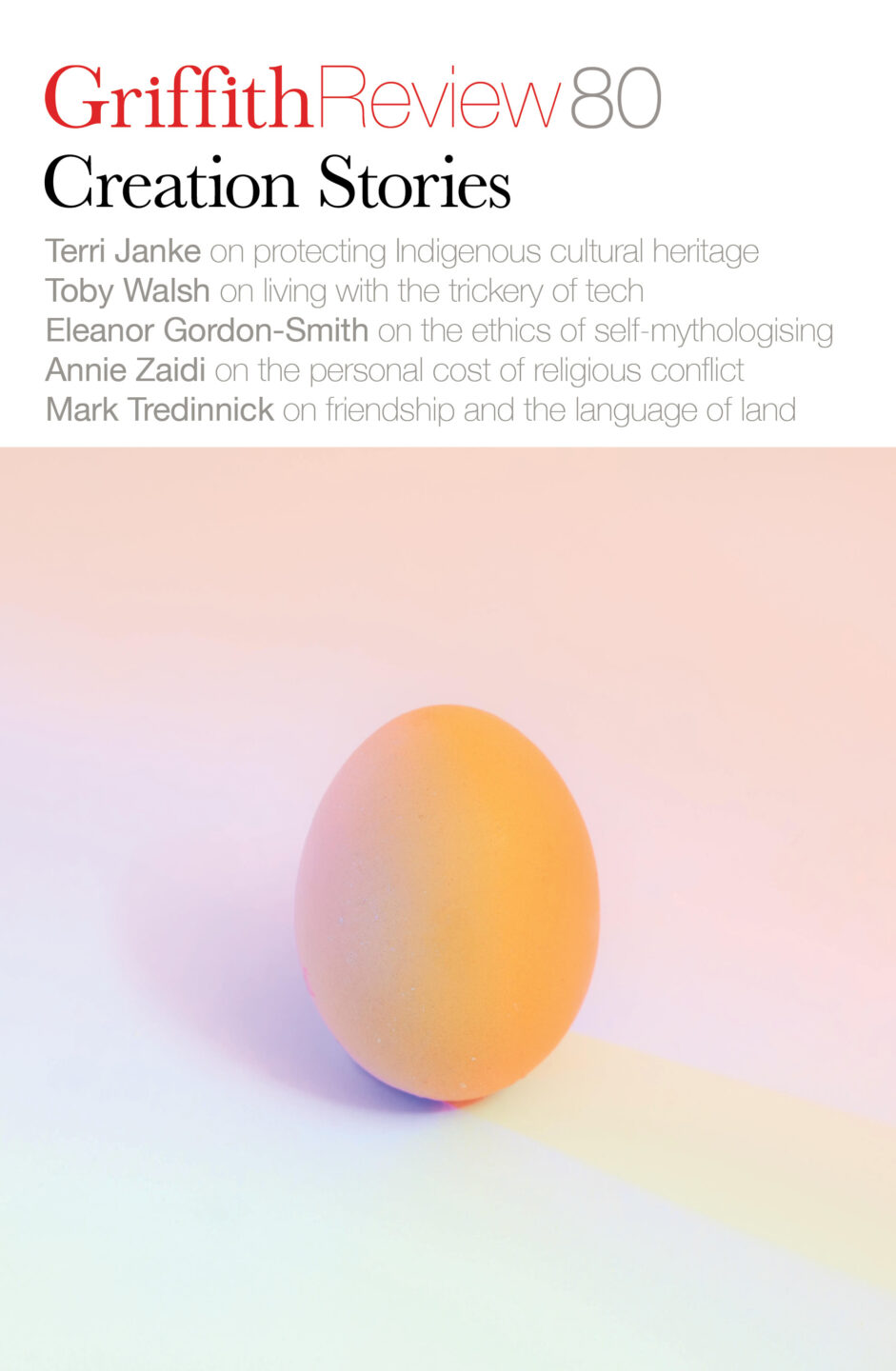
- Published 20230502
- ISBN: 978-1-922212-83-2
- Extent: 264pp
- Paperback (234 x 153mm), eBook


Already a subscriber? Sign in here
If you are an educator or student wishing to access content for study purposes please contact us at griffithreview@griffith.edu.au
Share article
About the author
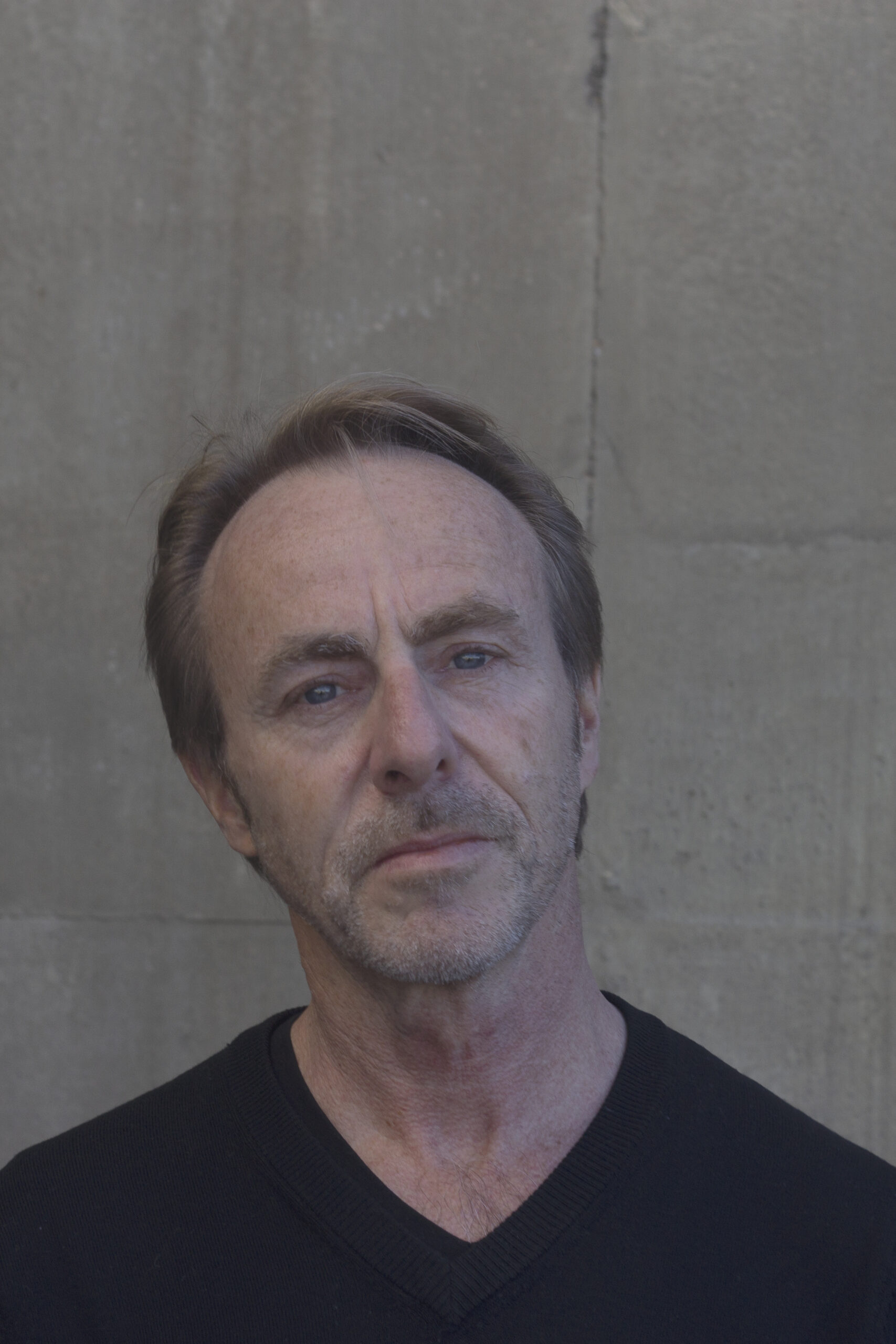
Mark Tredinnick
Mark Tredinnick OAM is an award-winning poet, essayist and teacher of writing. He is the author of eighteen books of poetry and prose, and...
More from this edition
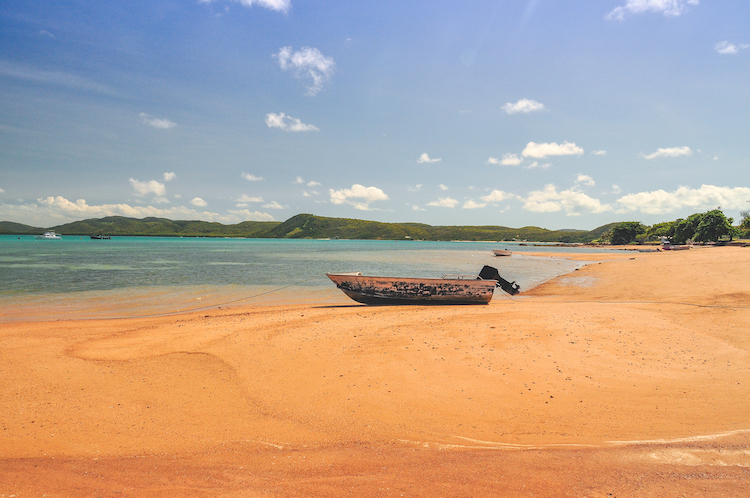
Adhi danalpothayapa
Non-fictionFor all the clans on Saibai, both migrations were distressing, uprooting families from their homelands where they had lived for thousands of years. Nevertheless, knowledge produced from these migrations has been embedded in stories chronicling the changing climate, and shared throughout the generations. A strong sense of pride is conveyed when recounting these narratives of adaption and resilience. Story is the key because the wisdom is in the story.
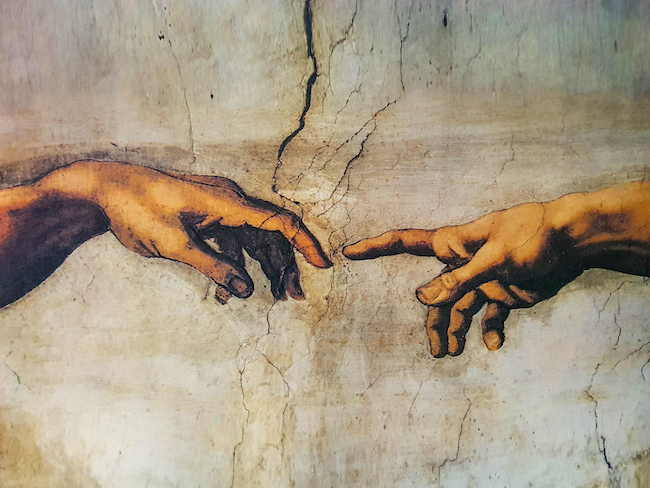
Let there be light
IntroductionWhether they’re personal, cultural or religious, these are the stories that offer us ways of orienting ourselves amid the sheer chaos and confusion of being alive – particularly today, as humanity’s existential and environmental crises continue to mount.
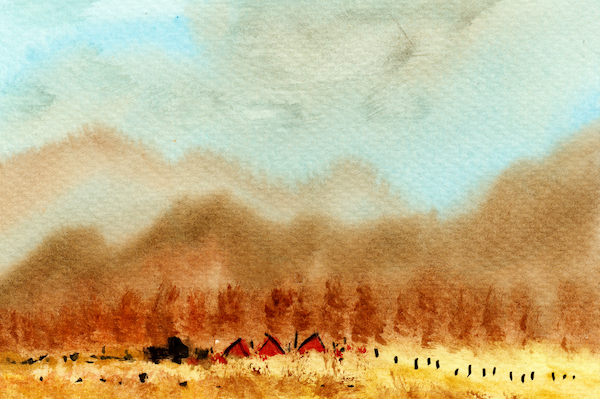
Back to the red earth
FictionBefore she opens her eyes, she knows with the very same certainty that she is of this land that Juanjo, her lover and the father of her five guris, isn’t going to be asleep by her side. But she could for once be wrong. So, she stretches out her arm and feels around. Instead, her fingertips touch his perfectly tucked-in bedsheet. His side of the bed is vacant like the rows of this year’s failed crop.